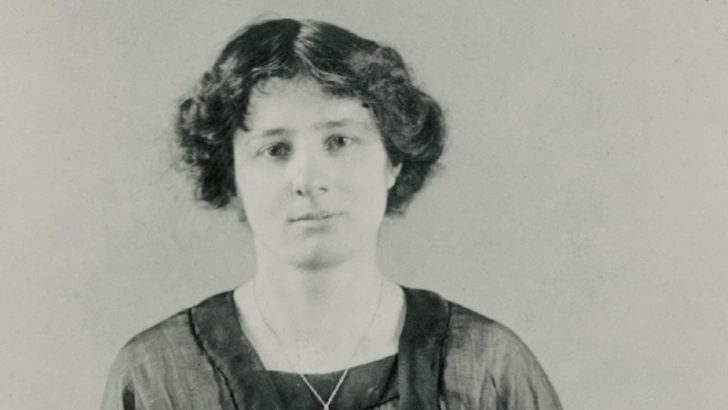A while ago I wrote about Co. Wicklow composer Ina Boyle (1889-1967) following the issue of a CD of some of her orchestral music. Happy to relate another CD, this time containing 33 of her songs, has come my way. On the Delphian label – DCD 34264 – I also find it a very attractive release.
With three Irish singers, mezzo Paula Murrihy, tenor Robin Tritschler and baritone Ben McAteer, the accompaniments have Scotland’s Iain Burnside at the piano. The songs, covering the period 1909 to 1966, present a comprehensive overview of Ms Boyle’s vocal output, which fits into a ‘late romantic’ category.
The performances not only reflect the beauty of the composer’s writing but also the care and attention with which the artists respond to her music. The singers also bring a welcome air of spontaneity to their interpretations that give Ina Boyle’s somewhat rhapsodic style a feeling of unimpeded movement.
Several of the settings come in what can be loosely called a ‘cycle’ – not least Three Songs by Walter de la Mare; nicely done by Ben McAteer; four under the collective umbrella of Looking Back that engages the three voices; Five Sacred Folksongs of Sicily, again spotlighting Ben McAteer, and Two Christmas Songs, expressively performed by Paula Murrihy.
But there is much to engage one in the drama and delicacy of these settings, some to well-known poets including George Herbert, Robert Herrick, Rudyard Kipling, Edith Sitwell and Walt Whitman while other less well remembered writers involve Pamela, Lady Grey of Fallodon and EL Twiss.
Irish writers that inspired the exceptionally well-read Boyle’s inherent rapport with language brings us verses by AE, Eva Gore-Booth, Patrick Pearse, James Stephens and WB Yeats.
The disc shows Ina Boyle’s sensitive reaction to her chosen texts. There are also some unexpected twists to her piano accompaniments that, I feel, gives them a character of their own without interfering with the all-important vocal line. I am enjoying this CD, which comes with texts and notes on the composer, enormously.
Ina Boyle hailed from Bushey Park House in Enniskerry where she lived until her death in 1967. Reared in a sheltered home atmosphere, her first music lessons came from her clergyman and violinmaker father, William.
Aged eleven she began theory and harmony classes with Samuel Spencer Myerscough, founder of the Leinster School of Music, who encouraged her efforts at composition. Ina Boyle also studied with Percy Buck and Charles Kitson, professors at TCD and UCD respectively.
Early success came with her orchestral rhapsody The Magic Harp premièred by the London Symphony under Adrian Boult in 1920. Three years later Ina Boyle began taking occasional lessons in London from the eminent Ralph Vaughan Williams, who thought highly of her compositions. Despite that, few of them came to the public’s attention.
Undeterred Ina Boyle continued her prolific output, including three symphonies, an opera Maudlin at Paplewick, based on a pastoral play by Ben Jonson, a ballet The Dance of Death after the woodcuts of Hans Holbein and a plethora of vocal and instrumental pieces.


 Ina Boyle
Ina Boyle 